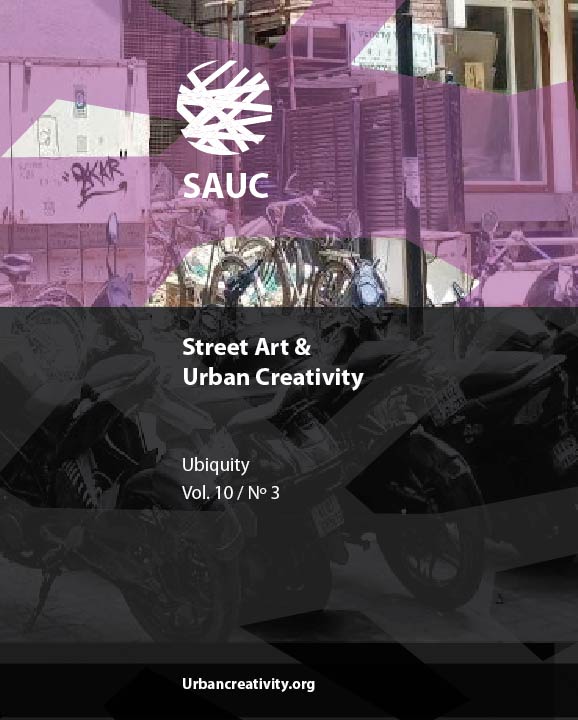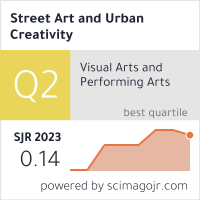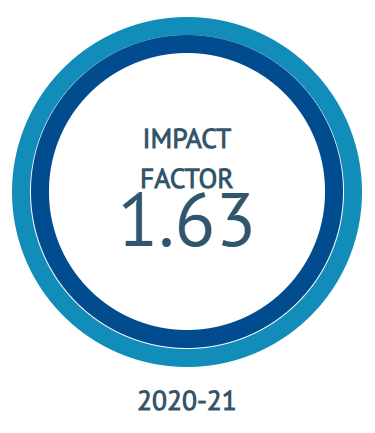Ms Graffiti's Spatial Contestation
An Observational Analysis on Church Street
DOI:
https://doi.org/10.25765/sauc.v10i3.936Keywords:
Graffiti; Bangalore; India; spatiality; Church street.Abstract
Graffiti in India – what does it mean? The graffiti scenario in India is something that is measuring grounds. However, what exactly is happening with the diverse forms of graffiti in India? Graffiti in the West and Europe are recognised as cultural movement of their own. Does such impactful street and public art create cultural impact in India? Though research indicates the trajectory of graffiti artists is to have their art up-ended into museum and gallery spaces from streets and public spaces, the movement began in public spaces. In India there are studio spaces and galleries for Graffiti however, the public and street art of the same is rarely seen in its authenticity. The essentiality of graffiti is being transformed from a rebellious and daring self-expression within a public space to a more institutionalized, tailored and commodified essentiality of private spaces. Can this enclosed art space aid or create something of cultural impact? This paper aims to analyse tags in church street in Bangalore, Karnataka to be creating a spatial contestation, through its different types of graffiti present within its spread of 750 meters. By using Lefebvre's theory of The Production of Space, this article aims to understand the spatial relevance of Graffiti and tags in Church street, Bangalore, India. This spatial approach to understanding the graffiti and tags in church street helps in understanding the art practice better for spatial analysis exposes their essentiality.
Downloads
Global Statistics ℹ️
|
292
Views
|
76
Downloads
|
|
368
Total
|
|
Downloads
Published
How to Cite
Issue
Section
License
Those authors who publish in this journal accept the following terms:
-
Authors retain copyright.
-
Authors transfer to the journal the right of first publication. The journal also owns the publishing rights.
-
All published contents are governed by an Attribution-NoDerivatives 4.0 International License.
Access the informative version and legal text of the license. By virtue of this, third parties are allowed to use what is published as long as they mention the authorship of the work and the first publication in this journal. If you transform the material, you may not distribute the modified work. -
Authors may make other independent and additional contractual arrangements for non-exclusive distribution of the version of the article published in this journal (e.g., inclusion in an institutional repository or publication in a book) as long as they clearly indicate that the work was first published in this journal.
- Authors are allowed and recommended to publish their work on the Internet (for example on institutional and personal websites), following the publication of, and referencing the journal, as this could lead to constructive exchanges and a more extensive and quick circulation of published works (see The Effect of Open Access).













